Home » Articles posted by Tessa Sanderson (Page 18)
Author Archives: Tessa Sanderson
SECL Recruitment 2021 for Graduate and Technician Apprentices | 450 Posts | 05-10-2021

SECL Recruitment 2021 for Graduate and Technician Apprentices with 450 Posts vacancies last date to apply is 05-10-2021
The post SECL Recruitment 2021 for Graduate and Technician Apprentices | 450 Posts | 05-10-2021 appeared first on ConstructionPlacements.
UCIL Recruitment 2021 for Supervisor(Civil) | 06 Vacancies | 25-10-2021

UCIL Recruitment 2021 for Supervisor(Civil) and Asst Superintendent (Civil) with 06 Vacancies, last date to apply is 25-10-2021
The post UCIL Recruitment 2021 for Supervisor(Civil) | 06 Vacancies | 25-10-2021 appeared first on ConstructionPlacements.
Did you miss our previous article…
https://constructionosa.org/?p=304
What is LEED Certification? | How to Become LEED Certified

Construction projects, though traditionally emissions-rich, occupying a large environmental footprint, are getting greener, as sustainable construction methods emerge—from ingenious sustainable plumbing systems and sustainable HVAC systems, to eco-friendly alternatives for construction materials like green concrete, and using cutting-edge tools like BIM for sustainability.
![]()
Did you miss our previous article…
https://constructionosa.org/?p=300
Sonim XP3Plus Flip Phone is Built Jobsite Rugged

Sometimes all you need to do is to make or take phone calls, especially when you’re out on the job.
Sonim Technologies has an alternative for those times you want to keep your expensive smartphones out of harm’s way or just prefer the simplicity of a phone for phone’s sake. The company calls its Sonim XP3plus flip phone “ultra-rugged.”
Building on its predecessor XP3 model, the XP3plus has a larger display, additional programmable buttons and a new intuitive user interface with dynamic soft keys. Large glove-friendly push-to-talk and emergency/SOS buttons enable instant communication.
The unit’s larger battery 15 hours of talk and 440 hours of standby also extends availability through extra shifts.
The phone is compatible with a range of industrial-grade accessories, including headsets, remote speaker microphones and vehicle mounts. It has an 8-megapixel front camera with flash, but if you don’t want it, non-camera models are available
The XP3plus is drop-proof and waterproof, withstanding falls onto concrete from about 5 feet and capable of being submerged for 30 minutes in 4.9 feet of water. It can operate in temperatures from -4-degrees to 131 degrees Fahrenheit.
The phone has a 100-decibel-plus audio speaker with noise cancellation and is “loud enough to be heard on the noisiest construction site,” Sonim says.
It will available first on T-Mobile for $210; other carriers will be available at a later date.
Did you miss our previous article…
https://constructionosa.org/?p=297
Old Outer Banks bridge girders could hold key to future bridge designs
The girders of an old bridge traveled for more than 50 years by visitors to and from the Outer Banks of North Carolina could help improve future bridge construction.
The Herbert C. Bonner Bridge was dismantled beginning in 2019 after a 2.8-mile replacement bridge was constructed. The bridge withstood decades of punishment in a harsh windy, salty environment, including numerous tropical storms and hurricanes, giving researchers a unique look at how the girders held up and how much more they could take.
The N.C. Department of Transportation, through a partnership with N.C. State University, salvaged the old bridge’s concrete girders and had them transported to NCSU’s Constructed Facilities Lab in Raleigh for stress testing.
The tests determine where weaknesses develop in the girder under constant regular use. The girders are also put under extreme pressure until they break.
“What we’re trying to really investigate is the amount of prestressing in this structure,” says Dr. Giorgio T. Proestos, NCSU assistant professor, on a recent NCDOT video (watch at the end of this story).
“Is it enough or should there be less? And how does that prestressing change throughout those 60 years?”
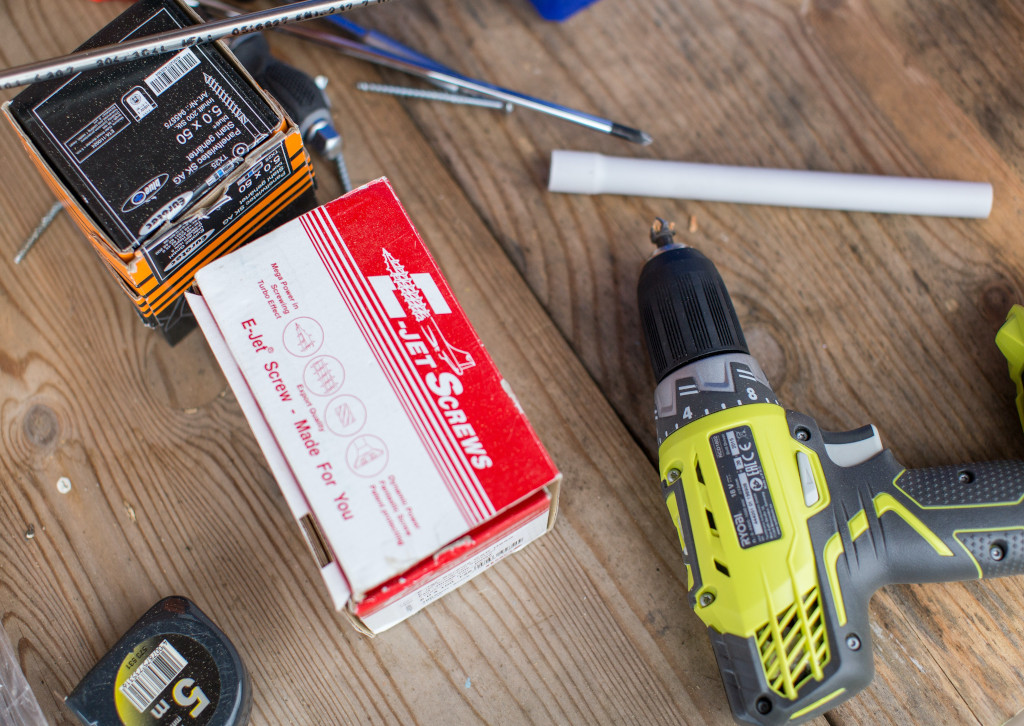
Researchers at N.C. State University conduct stress tests of a girder from the former Bonner Bridge to the Outer Banks.NCDOTAccording to the NCDOT, it took 20,000 pounds of pressure to break one of the bridge’s girders. Sensors with cameras show how the girder reacts under pressure.
“Based on the results of the experiment, there might be changes in the way things are done moving forward,” Proestos says.
The Bonner Bridge was built in 1963 over the Oregon Inlet between the mainland and the Outer Banks. Demolition and dismantlement of the bridge began in 2019 after the Marc Basnight Bridge opened.
“This is a very unique opportunity,” says Neil Mastin, who manages NCDOT’s Research and Development unit. “It’s not often you get a bridge in that extreme environment for nearly 60 years that was intact enough that we can actually use it for testing.”
Mastin says NCDOT will publish the test results, which could have a national impact on bridge design and construction.
Check out NCDOT’s video below of the girders undergoing stress testing:
CMSBrowserComponents.load({ el: ‘#vue-1631901973011-267’, name: ‘OEmbed’, props: {“mountPoint”:”/__oembed”,”url”:”https://youtu.be/qJBMWCjzLPU”,”attrs”:{“type”:”oembed”,”id”:”https://youtu.be/qJBMWCjzLPU”,”element”:”aside”}}, hydrate: false });
Did you miss our previous article…
https://constructionosa.org/?p=294
IREL Recruitment for Graduate/Diploma Trainee and Others | 54 Posts | 05-10-2021

IREL Recruitment for Graduate/Diploma Trainee and Others with 54 Posts vacancies, last date to apply is 05-10-2021
The post IREL Recruitment for Graduate/Diploma Trainee and Others | 54 Posts | 05-10-2021 appeared first on ConstructionPlacements.
Did you miss our previous article…
https://constructionosa.org/?p=291
Keep Track of Dirt Moved, Job Progress with Komatsu Smart Construction Dashboard

You probably got a glimpse of it at ConExpo 2020. Now it’s a reality. Komatsu just announced the availability of its Smart Construction Dashboard to enable the digital transformation of customer’s jobsites.
The dashboard combines data from multiple sources to create a complete picture of the work being done on an earthmoving site. It is in essence a mapping tool that uses drone and GPS-enabled machine data feeds to measure cut/fills, quantities and productivity and show you these results in 3D, in near real time.
With the dashboard, you can confirm that your pre-bid topographical map is correct, track jobsite progress, document site conditions and evidence for change orders, and measure stockpile quantities. A playback feature in the timeline function lets you examine the work done in previous days or weeks. Whole-site visuals, cross-sections and individual measurements are also available through the dashboard’s tools.
“In a typical scenario, they fly the drone in the morning and come back to the office to upload the data into Dashboard,” says Yoetzin Diaz, Smart Construction solutions manager at Komatsu. “Once they have their drone flight data, they can start creating measurements, whether that is the stockpile from yesterday, or a cut-fill map of the entire jobsite.”
Diaz, who worked for a general contractor before coming to Komatsu, says contractors often don’t have the software to gauge daily and weekly production progress. With the Komatsu Smart Construction Dashboard, they can determine productivity and make decisions for the further deployment of operators, trucks and machines in a matter of minutes.
“I see a lot of contractors taking pictures and tiling them to get the big picture, and that takes a long time. It’s a lot of work; it’s not very efficient even after you get all the pictures. With a drone and the Smart Construction Dashboard, you could have that in an hour or less. It’s accessible, convenient and collaborative,” she says.
The dashboard can be used in all phases of construction: pre-planning, tracking progress or even after construction. “When your project is done, you can go back and look at all the work that happened and use that as your as-builts to submit for payment. So you have a one-stop shop for all of this.”
Because the information is digital and web based, it can be shared with subcontractors, general contractors or project owners who also need to see how the job is progressing, she says.
The Smart Construction Dashboard is powered by Cesium, a platform used to visualize, analyze and share 3D data. Cesium’s 3D visualization engine combines video game computer-graphics technology with GPS accuracy that ties data to its precise location on the globe. Komatsu’s system for the dashboard uses DJI drones, but drones from other manufacturers will work as long as they are equipped for photogrammetry and have the appropriate software and file format, says Diaz.
When it was introduced at ConExpo, Dashboard and Drone were just two of 11 Smart Construction tools that Komatsu showcased. And while the Smart Construction Dashboard today is used as a mapping and productivity tracking tool, eventually other Komatsu Smart Construction features may be added to or integrated with it, says Diaz.
For more on the full suite of Komatsu Smart Construction tools, see our video from Komatsu at ConExpo 2020 here.
These 6 Road Construction Projects in the West Win Awards
Six road construction projects have won awards from the Western Association of State Highway Transportation.
The awards are part of the run-up to the America’s Transportation Awards. The winning road projects are as follows:
Utah Department of Transportation — I-15; Lehi Main to S.R. 92, Technology Corridor (Quality of Life/Community Development, Large category)
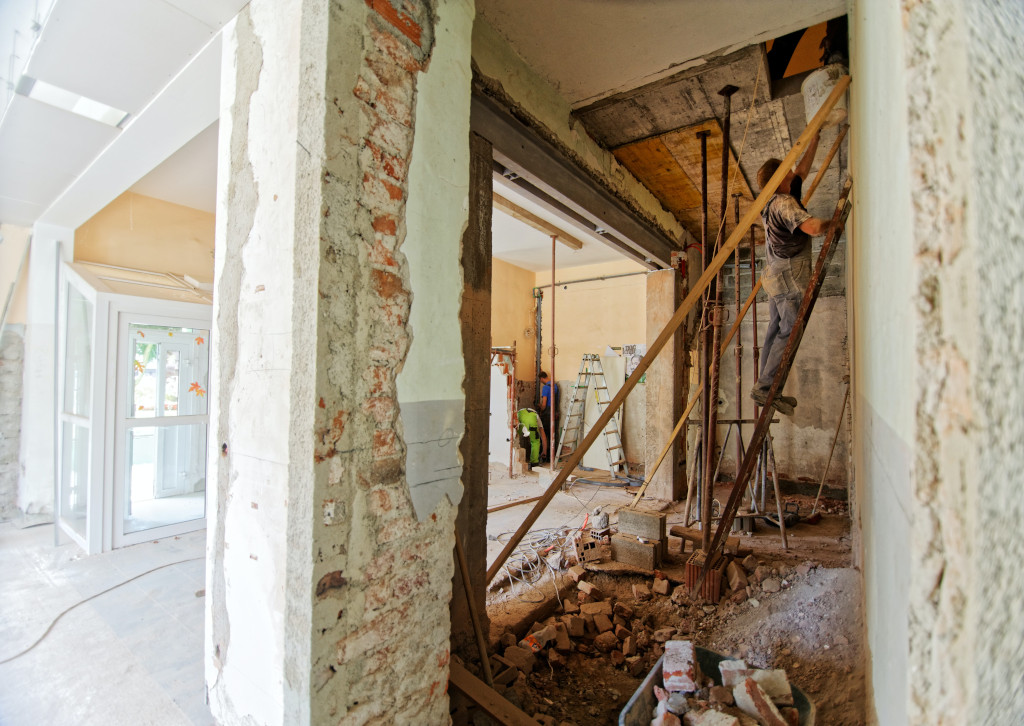
Safety for drivers, cyclists and pedestrians was improved with the $13.9 million widening of the Fourth Street Bridge over Interstate 40 in Flagstaff, Arizona.Arizona Department of TransportationArizona Department of Transportation — Fourth Street Bridge over Interstate 40 (Quality of Life/Community Development, Small category)
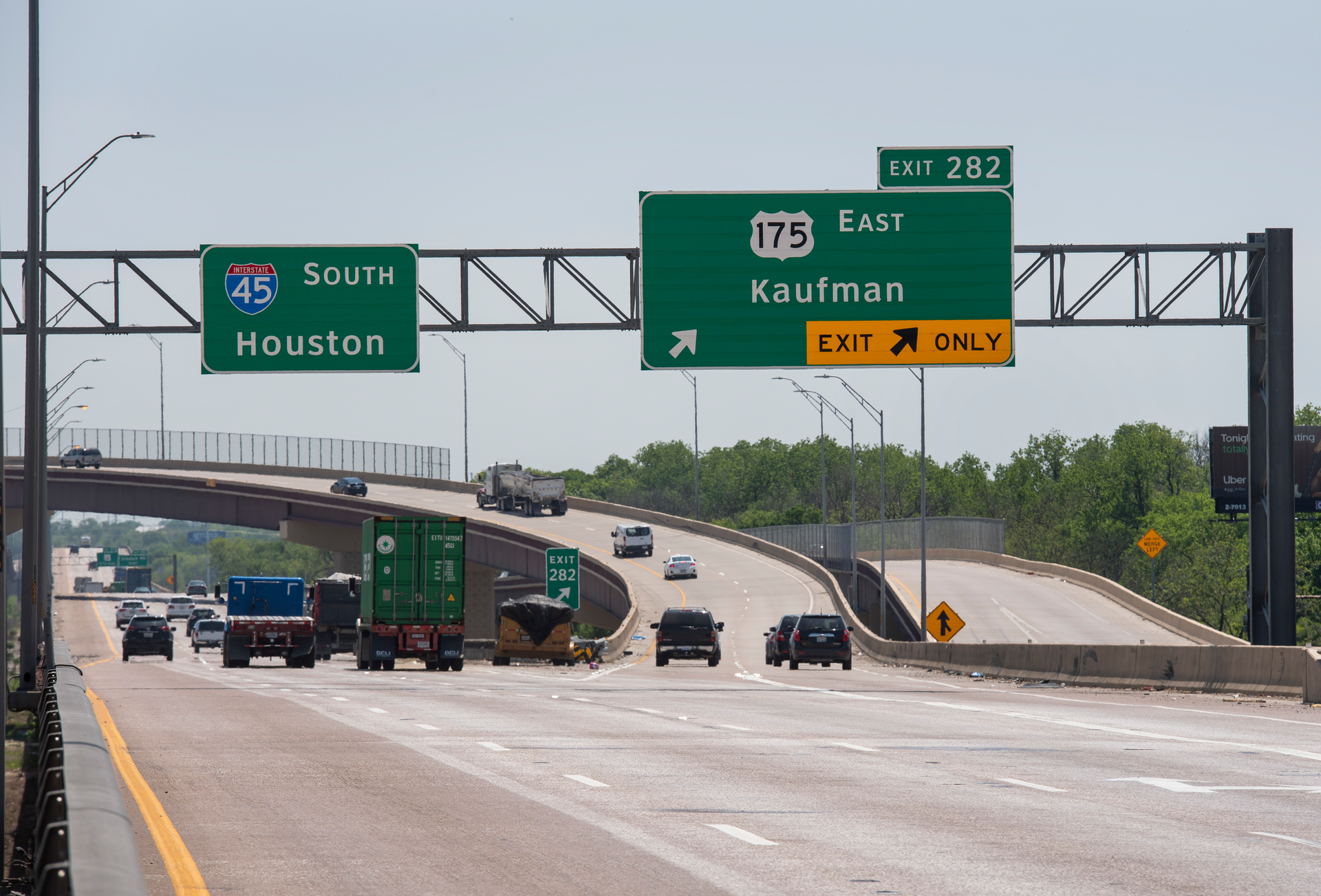
A $104 million project converted the U.S. 175 S.M. Wright freeway into a six-lane boulevard to improve the safety, mobility and environment in a southern Dallas neighborhood.Texas Department of TransportationTexas Department of Transportation — US 175/S.M. Wright Freeway Phase 1 project (Quality of Life/Community Development, Medium category)
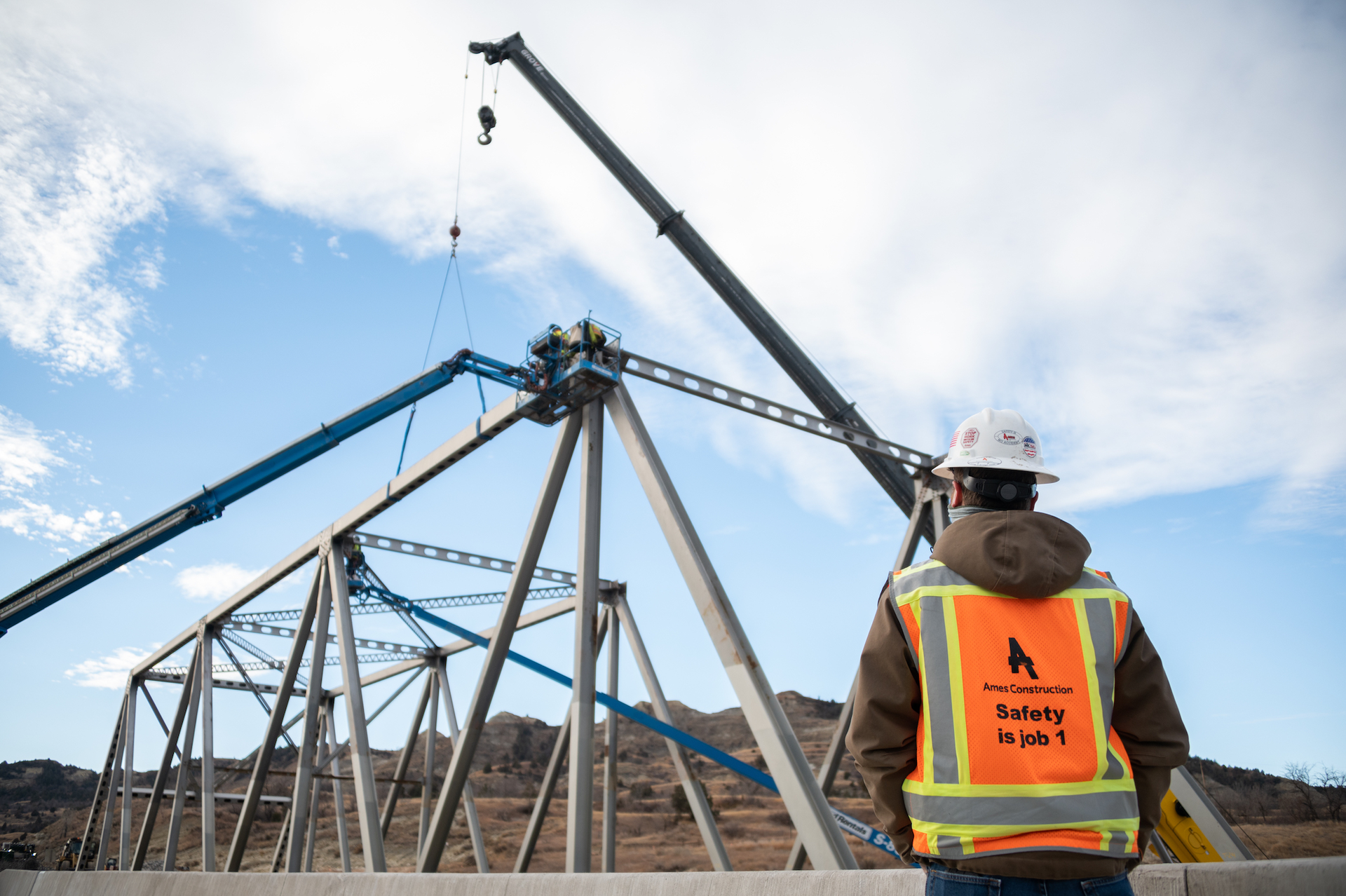
The $37 million Long X Bridge project in North Dakota replaced an old height-restricted truss bridge with a concrete girder bridge on U.S. 85.North Dakota Department of TransportationNorth Dakota Department of Transportation — New Long X Bridge (Operations Excellence, Medium category—TIE)

The $70 million U.S. 87 Truck Relief Route project improved traffic flow and safety on the Ports to Plains Corridor.Texas Department of TransportationTexas Department of Transportation — US 87 Truck Relief Route in Howard County project (Operations Excellence, Medium category—TIE)
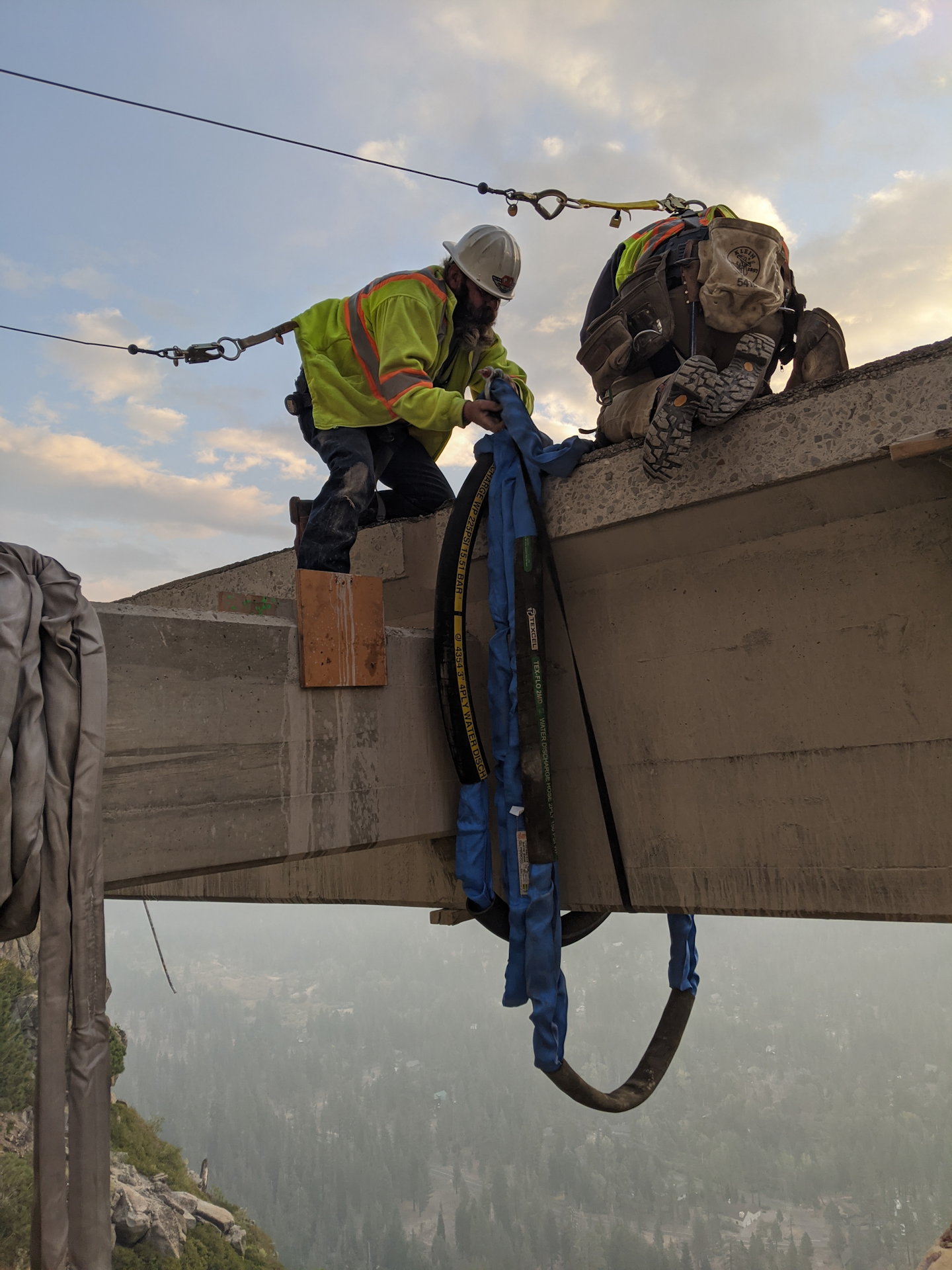
Caltrans deployed an innovative solution to replace a viaduct on U.S. 50 near Lake Tahoe by building around and behind the existing foundation to construct a new bridge.CaltransCalifornia Department of Transportation — S. Highway 50 Echo Summit Sidehill Viaduct Replacement Project (Best Use of Technology & Innovation, Small category)
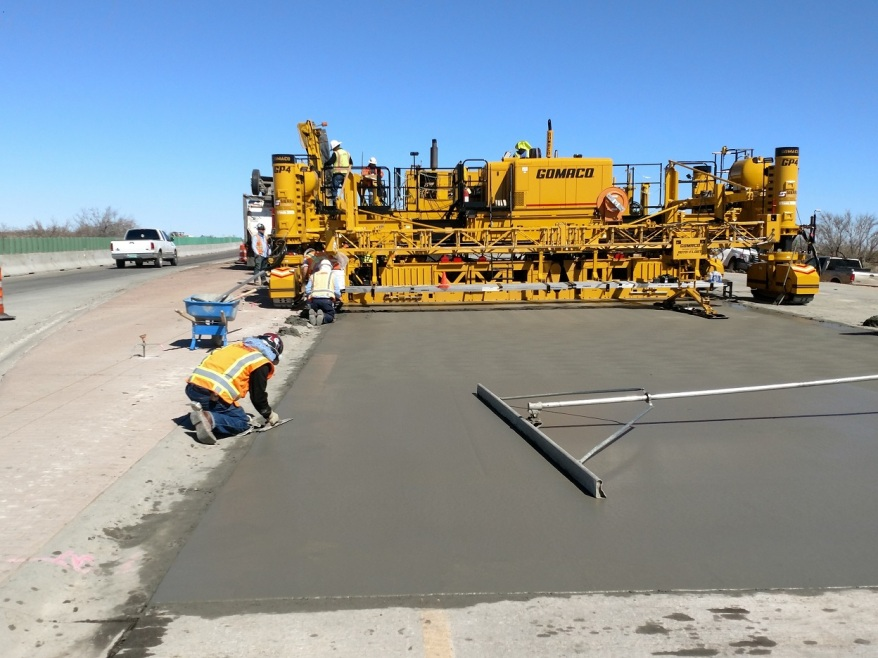
The New Mexico DOT installed a Continuously Reinforced Concrete Pavement overlay instead of a full reconstruction of NM 136, saving $20 million.New Mexico Department of TransportationNew Mexico Department of Transportation — NM 136 Pete Domenici International Highway Concrete Overlay Project (Best Use of Technology & Innovation, Medium category)
This is the fourth of four regional contests within the national America’s Transportation Awards competition. The three highest-scoring projects from each regional competition earn a place on a “Top 12” list of projects, which will compete for the Grand Prize – selected by an independent panel of industry judges – and the People’s Choice Award, chosen by the public through online voting.
The top two winners also receive $10,000 cash awards, to be donated to a charity or scholarship of the state DOT’s choosing.
The “Top 12 finalists” vying for the Grand Prize and People’s Choice awards will be announced this month, with online voting for the People’s Choice award beginning at the same time.
The winners of both Grand Prize and People’s Choice awards will be announced in October at the AASHTO Annual Meeting in San Diego.
The awards are sponsored by AASHTO, AAA and the U.S. Chamber of Commerce.
Did you miss our previous article…
https://constructionosa.org/?p=280
Lift Equipment Roundup: JLG Telehandler Places Loads Up to Eight Stories High
The new JLG 1075 telehandler is a 10,000-pound class telehandler designed to increase productivity with its 75-foot lift height that reduces the need for more costly cranes on the job site. Capable of taking loads up to eight stories, the JLG 1075 also features 60-feet of forward reach and 30-feet of up-and-over reach for more precise load placement.
Frame leveling up to eight degrees aids setup on uneven ground. Lift capacity at full height is 6,000 pounds and max reach at 2,100 pounds. A 160 horsepower Cummins engine powers the unit and provides 22,500 pounds of drawbar pull. A right-side electronic mirror with dual cameras enhances safety by allowing operators to see more.
Komatsu forklift hydrostatic drive lowers maintenance costs

The Komatsu FH100-160-1 is designed for heavy loads and long-term durability.KomatsuKomatsu’s new FH100-160-1 series of forklifts borrow technology from the company’s loaders, dozers and excavators including a hydrostatic drive that eliminates wear on drive and brake components. According to the company, the power and design of the FH100-160-1 forklifts make them good choices for industries where heavy loads are common, including freight and logistics, shipping and ports, manufacturing, construction, metal industries, oil and gas, and recycling and waste.
Compared to traditional torque converter systems, the hydrostatics on the FH100-160-1 reduce maintenance costs, fuel consumption and downtime. Sealed wet multiple-disc brakes provide protection from dust, dirt and debris, durability, fade and water resistance, and prompt, reliable braking in high-cycle operations.
New Tadano crawler crane fills gap in market
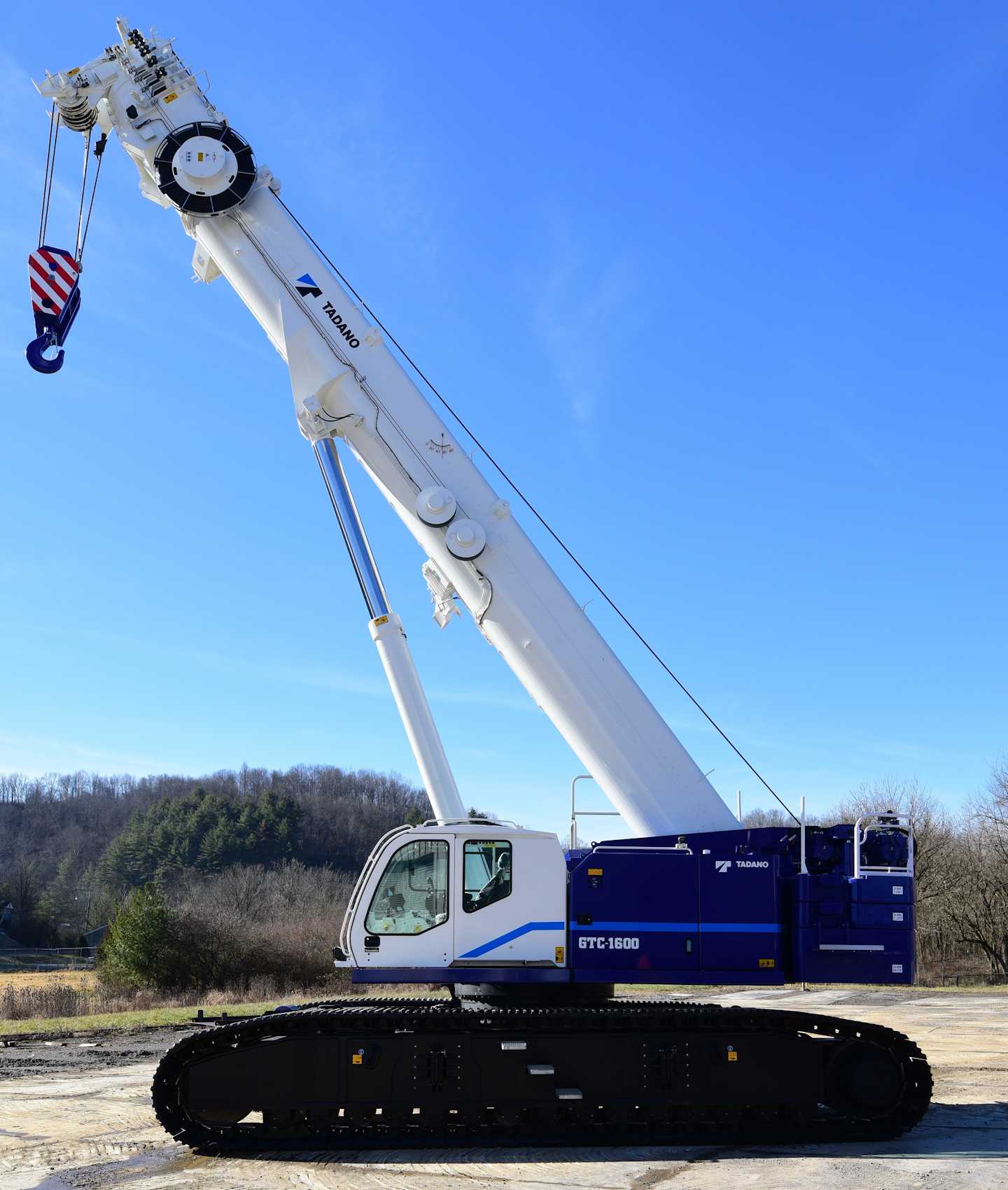
The flexible track position system on the Tadano GTC-1600 offers multiple different track width setups.TadanoThe Tadano Group has launched an all-new 160-ton tele-boom crawler crane: the Tadano GTC-1600. Designed to fill a gap in the telescopic boom crawler market, the Tadano GTC-1600 has more than 200 feet of main boom length and the ability to work on out-of-level slopes up to four degrees.
The six-section boom extends from 42.8 feet to up to 200.1 feet. The boom uses a single cylinder telescoping and pinning system to extend and retract all the sections automatically and can be locked in selected working positions.
Complimenting the boom is a 33.8-foot by 59.1-foot bi-fold jib with offsets up to 40 degrees. A jib length of up to 105 feet is possible with two 23-foot optional lattice inserts, for a maximum tip height of 305 feet. An optional 11.8-foot heavy-lift jib with 20-degree and 40-degree offsets is also available for tilt-up work in tight spaces.
Tadano’s Opti-Width flexible track position system gives you a numerous symmetrical and asymmetrical track-width setups without requiring you to pin the track frames in fixed positions. The GTC-1600’s hydraulic system makes for smooth and seamless multi-function operation, allowing travel, hoisting, and boom telescoping all at the same time.
Grove updates TMS9000-2 truck crane for more power and faster setup
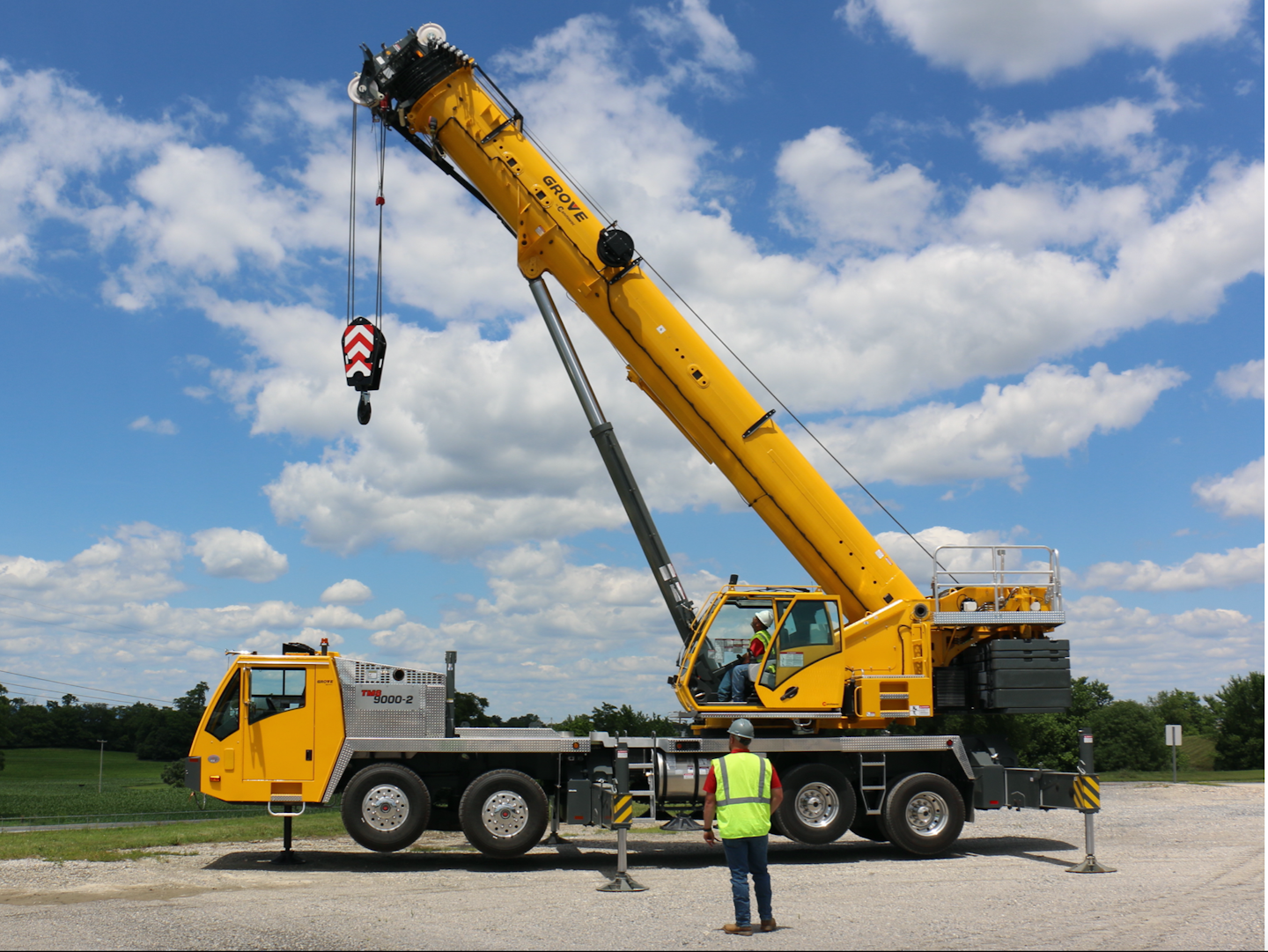
Grove’s refreshed TMS9000-2 truck crane lost 1,000 pounds and gained 25 horsepower.Manitowoc
With the addition of the new Cummins X12 Tier 4 Final engine, Grove’s TMS9000-2 truck crane gains an extra 25 horsepower and now puts out 475 horsepower. In addition, changes to the outrigger design and placement enhance setup procedure, while a new rear-access ladder option adds practicality for day-to-day use.
The rear outrigger box has been raised by just under five inches to improve the departure angle to 18-degrees, while the front outrigger jacks have been raised 3.5 inches to improve ground clearance. This also makes sliding outrigger mats underneath the pads even easier. Additionally, there is now an extra three inches of outrigger stroke, while the outrigger pad size has been increased from 20 to 24 inches.
According to Manitowoc, the Grove TMS9000-2 has the lowest GVW in the 115-ton class, and the latest model has slimmed down by 1,000 pounds to a svelte 80,311 pounds for the basic configuration. The truck crane’s load charts remain unaffected, courtesy of the 36 x 169 foot six-section Megaform boom and its single telescopic cylinder with fully hydraulic twin-lock pinning system. Manitowoc’s automated laser-welding process leaves just one weld seam on the boom, rather than the previous three, to produce a higher-quality, stronger and lighter design.
Did you miss our previous article…
https://constructionosa.org/?p=271
Contractor Faces $1.35M in Fines After 2 Die in Dump Truck Incident
A Boston area contractor faces $1.35 million in penalties following the death of two workers who were hit by a dump truck and then fell into a 9-foot-deep excavation, according to the U.S. Occupational Safety and Health Administration.
The trenching, excavation and underground construction contractor was cited with 28 violations. OSHA also used its “egregious citation policy” to propose additional penalties due to the company’s history of infractions and the severity of the incident, the agency said. The policy enables OSHA to issue a separate financial penalty for each of the 28 violations.
OSHA said the contractor had been fined for 14 previous violations for a total of $81,242. However, $73,542 of those fines were unpaid and referred to debt collection. OSHA is also investigating another incident involving alleged excavation violations on August 13 on a utilities project in East Boston.
Atlantic Coast Utilities/Advanced Utilities of Wayland, Massachusetts, was the contractor on a sewer repair project in downtown Boston on February 24 when Jordy Alexander Castaneda Romero, 27, and Juan Carlos Figueroa Gutierrez, 33, died. OSHA says the penalties also affect predecessor company Shannon Construction Corporation, owner Laurence Moloney and successor company Sterling Excavation. Sterling was also the contractor on the August 13 project being investigated.
“While two families still mourn the loss of their loved ones, this employer has ignored safety violations, failed to pay fines and shown a total disregard for the safety of its employees,” said Acting Assistant Secretary of Labor for Occupational Safety and Health James Frederick. “OSHA will use every enforcement and legal tool available to hold scofflaw companies such as this and their owners accountable.”
OSHA issues citations
On February 24, Romero and Gutierrez were working on an emergency sewer repair project when an Atlantic Coast Utilities dump truck struck them while backing up and caused them to fall into the excavation.
Emergency responders found them in the hole, and they were pronounced dead on the scene.
The Suffolk County District Attorney’s Office is also investigating the incident.
The bulk of the proposed financial penalties, which total $1,350,884, were related to failing to train workers on excavation and road work hazards.
“When you fail to train your employees properly, you deny them the most valuable tool they can have, knowledge. Knowledge to do their work correctly and safely, knowledge to understand the hazards that accompany their job and knowledge of how to identify and eliminate those hazards before they injure, sicken or kill workers,” said OSHA Acting Regional Administrator Jeffrey Erskine in Boston.
OSHA also issued the following safety and health violations for the incident:
Inadequate cave-in protection. Failing to protect workers from potentially hazardous gases in the excavation. Repeat violation for workers in a trench where the pavement has been undermined.Ladder did not extend at least 3 feet above street level.No inspections program for worksites.Traffic control measures did not meet standards.Defects had not been corrected on dump truck before incident.Workers were not wearing high-visibility vests.Failure to properly document and report the two deaths to OSHA.